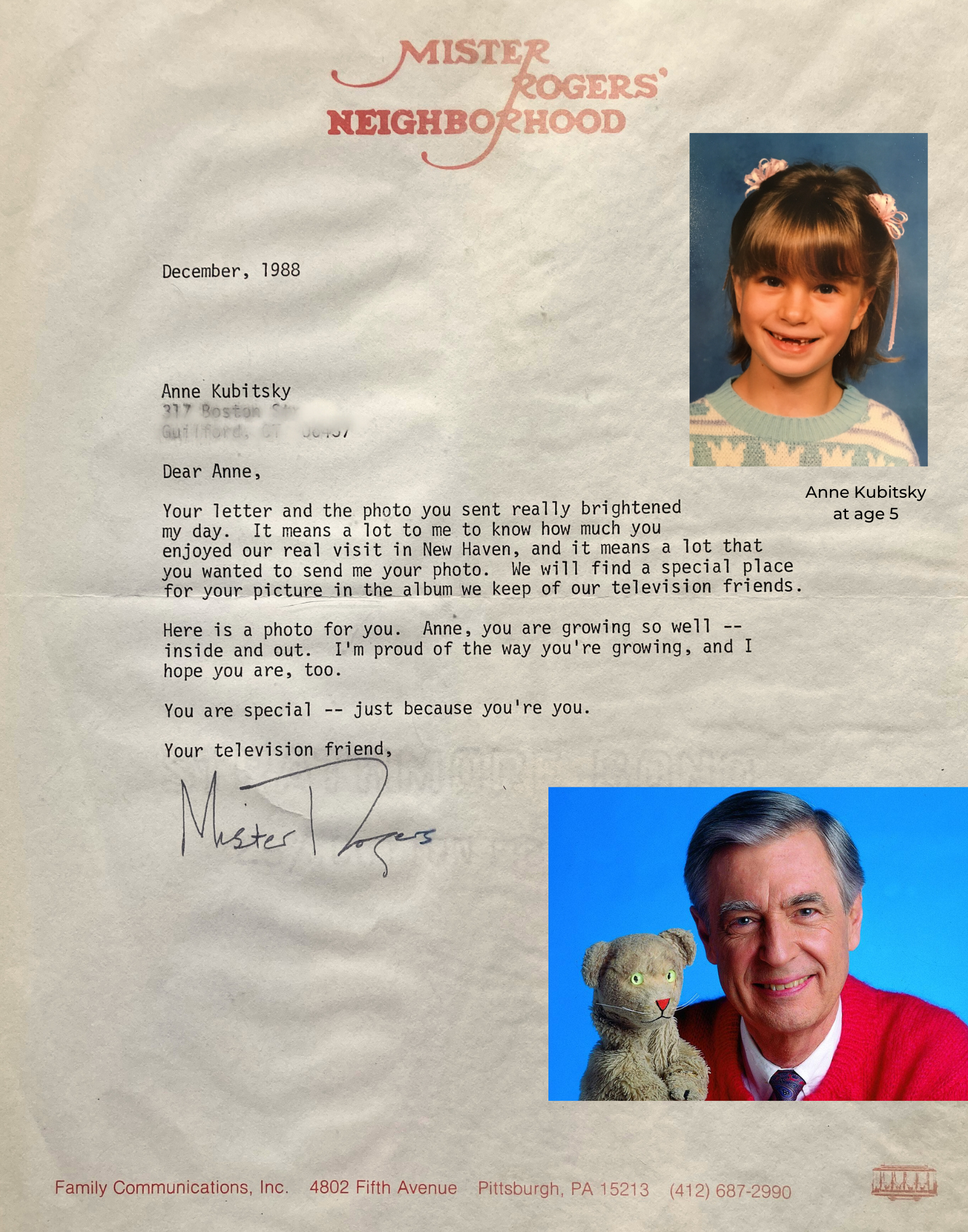Look for the Good Project Has New Programming!
We are finally piloting a 10-month emotional literacy add-on to our two week gratitude campaign - for no extra cost! Watch the video for an overview of the program and 3-minute tutorial about your nervous system. We are launching this year-long school initiative in October, so there is still time to register if you aren't already signed up to get started at the end of September.

New Books!

Check out our new colorful workbooks on emotions in our bookstore. Connecticut Superior Court Judge Kevin S. Russo recently reviewed some of our books during his visit to Booth Hill Elementary School and stated:
"These resources are a terrific example of the importance of communicating emotions that young children struggle with - resources that, at one time, were frowned upon. Core subjects such as English and Math will always be at the center of a grade school curriculum, but emotional literacy transcends grades and creates life skills."

Accepting the Power & Responsibility of Being a Trusted Adult

Article By Brooklyn Raney, Guest Expert and author of the book One Trusted Adult.
5 Minute Read
The power of one trusted adult in a child’s life is great, and the combined power of many trusted adults is even greater. The good news is that every adult can build the competence and capacity to show up as a trusted adult for young people!
When a young person comes to you because they have a worry or concern, need something, want to share exciting news, are looking for advice, or any of the many other reasons they might seek you out, you have three options: exploit, ignore, or embrace.
The sad reality is that some adults will exploit their relationships with children. This is why it is so crucial to teach children about boundaries from a very early age.
Teaching young people what is okay and what is not okay, how to voice their discomfort, and who to talk to if they feel something isn’t right is as important as potty training and learning to count.
When a young per...
Thomaston Center School Looks For the Good!

Thomsaton Center School is looking for the good this week! Students in grades 4-6 share their gratitude each morning. Mrs. Hustek, the school counselor, loves to stop by and share in all that is good! Thank you Susan Haller Larson for sharing the photo!! To learn more about the program, just visit: www.lookforthegoodproject.org
Our Founder & CEO, Anne Kubitsky, is Going to Be in a MOVIE!
Benjamin Wagner, Filmmaker and Director of Mister Rogers & Me, interviewed Founder Anne Kubitsky for his new documentary, "Friends and Neighbors." She talks about meeting Mister Rogers when she was a kid, developing Look for the Good Project, and the importance of community care in schools. Here's the trailer to Benjamin's first movie as well as the letter Mister Rogers sent her when she was a kid:

Join Benjamin's newsletter for updates on the movie premier.
A Reflection by Adrianne Robinson, Mother of A Seven Year Old Student

He bounded off the bus with his backpack bouncing behind him. He smiled and waved to me with one hand and while the other was tucked away in his pocket. He seemed more excited to see me than his normal after school demeanor. I watched my boy hop around the puddles left behind from yesterday’s rain and I found myself matching his excitement with my own…though I had no idea why. As I knelt down to hug him, he barreled towards me almost knocking me over. His one-handed hug was tight as the other was still nestled in his pocket clenching whatever treasure he had found. Then he stepped back and said, “I have something for you!” Our eyes were level with each other, but his eyes seemed to sparkle with some sort of mysterious pride. He stepped back and quickly pulled his hand from his pocket and then put it behind his back. I didn’t get to finish asking what it was before he took his hidden treasure and proudly held it before my eyes. “I got this for you momma, it’s a You Matter card…we’re sup...
